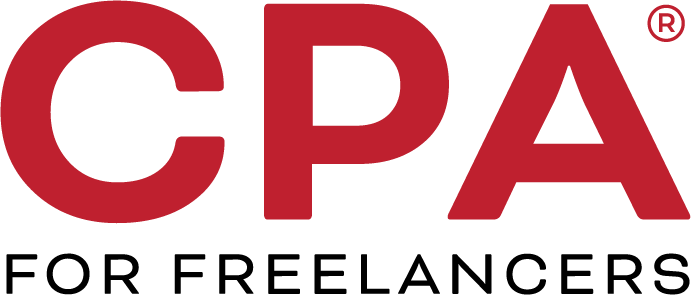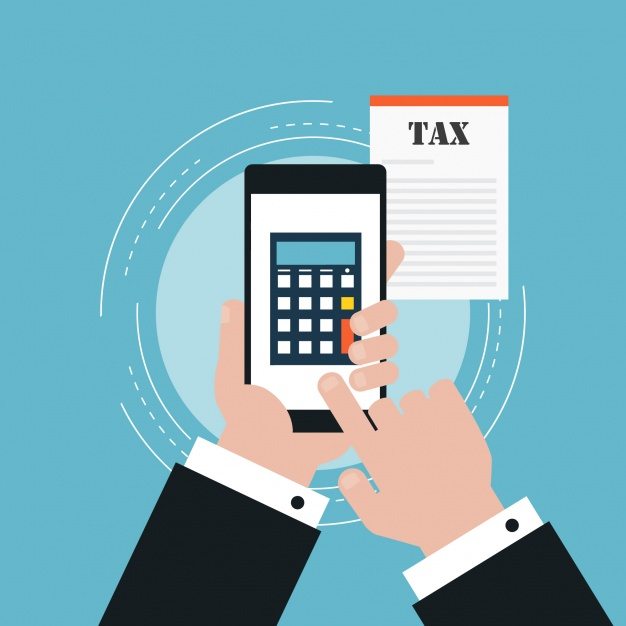The May 15 tax deadline is only a few days away, so there’s no time to waste if you haven’t already filed your taxes. To help you maximize your freelance tax deductions and reduce your 2020 tax bill, here’s a handy checklist. You can also access a full summary in this PDF from CPA for Freelancers®.
- Unemployment income benefits deductible up to $10,200. The IRS is forgiving up to $10,200 to individuals (and up to $20,400 for those married filing jointly) who filed their 2020 tax return including income from unemployment benefits before the American Rescue Plan Act was passed. This applies as long as your annual income is below $150,000. Make sure that include this income on your 2020 return.
- The Economic Impact Payment Recovery Rebate Credit (Notice 1444 and 1444B). The Recovery Rebate Credit is a special benefit that many people received in May 2020 or in January 2021 in the form of an Economic Stimulus Payment. If you did not receive the maximum amount of the Economic Stimulus Payment, or if your circumstances have changed, you may be eligible for the funds now.
The IRS will be able to calculate whether you are eligible and how much of the credit may be available to you if you follow the “Credit Figured by the IRS” instructions on your individual tax return.
- Families First Coronavirus Response Act Deductions. If you were sick in 2020 or the beginning of 2021 due to COVID-19, or you had to take time away from your freelance business to care for a family member who was, you’ll want to see if you are eligible for qualified sick and family leave equivalent tax credits with IRS Form 7202, “Credits for Sick Leave and Family Leave for Certain Self-Employed Individuals.”
Form 7202 is a new federal form from the Internal Revenue Service which aims to help those who are self-employed claim sick and family leave tax credits under the Families First Coronavirus Response Act (FFCRA). You may be able to claim these credits on your 2020 tax return, for leave taken between April 1 and Dec. 31, 2020, and on next year’s tax return (for 2021) related to leave taken between Jan. 1 and March 31, 2021.
Please note that you cannot claim these credits for the same period as any PPP loan forgiveness you may be eligible for.
- The Child Tax Credit (CTC). If you have kids, you’ll want to pay attention to the CTC which is a $2,000 credit parents can claim on their taxes for every child under the age of 17 in 2020 (the same age range for child dependents when it comes to COVID-19 stimulus checks). The CTC is only refundable up to $1,400 per qualifying child). If you have older kids, you can claim $500 for each child aged 17 and 18, or full-time college students between the ages of 19 and 24.
Looking ahead to the 2021 tax year, Biden has proposed a temporary increase to the maximum CTC, to $3,000 for each child age 17 and under, and up to $3,600 for kids under age six. The proposed credit would be fully refundable and may be paid monthly.
- Charitable donation deduction. Charitable donation deduction. You can take up to $300 in a cash/check/credit card deduction even if you are taking the standard deduction (not donated goods) in 2020 under coronavirus programs. You must provide the appropriate documentation to take advantage of this deduction.
- Coronavirus IRA Hardship Withdrawals. If you are feeling the cash flow crunch due to the economic slowdown caused by COVID-19, The Coronavirus Aid, Relief, and Economic Security Act (CARES) Act may provide some relief in the form of a waiver of the 10 percent early withdrawal penalty. The new rules to take a withdrawal from your retirement account will apply to you, if:
You have been diagnosed with COVID-19 by a CDC approved test.
Your spouse or a dependent has been diagnosed with COVID-19 by a CDC approved test.
You have experienced “adverse financial consequences” due to the pandemic.
For example, you or your spouse: Are being quarantined, furloughed, laid off, or you are working less because of the virus or disease. Are unable to work due to lack of childcare because of the virus or disease. Own or operate a business and you have lost hours or had reduced hours due to the virus or disease.
- Payroll Protection Program (PPP) loan forgiveness. One of the key changes made in regard to PPP loan forgiveness is that it is not considered taxable income at the federal level. This could be a significant tax saving for your business. However, there is not any change in the guidance for state and local tax treatment of PPP funds. Therefore, be sure to check with your own state and local tax authorities for additional information.
- Changes to Net Operating Losses may also provide additional funds. The Act also makes several important changes to Net Operating Loss (NOL) provisions which may help free up your freelance cash flow. Under this act, businesses can use NOLs from tax years starting prior to January 1, 2021, to fully offset their income.
This is a change from the 2017 Tax Cuts and Jobs Act which limited the offset to 80 percent of income. The CARES Act also provides that taxpayers can, for tax years 2018, 2019, and 2020, carry their NOLS back to their five prior taxable years, which could result in a tax refund.
- An Expanded Interest Deduction. The previous limit of 30% adjusted taxable income (ATI) was increased significantly, to 50% for 2019 and 2020. Any business interest expense not able to be applied for this year can be carried into the next year. This increased limit will allow businesses a larger tax break this year.
- Section 139 Tax Deduction. Section 139 was added to the federal tax code after 9/11 in order to allow businesses, nonprofits, and state and local governments to make tax deductible disaster relief payments to individuals who have been affected by a disaster.
For section 139 to apply, the disaster must be a qualified federal disaster, and the payments must be qualified disaster relief payments. The IRS interpreted COVID-19 as a federal disaster therefore payments for relief from this disaster are qualified under section 139 if: (a) the payments are made to reimburse reasonable and necessary personal, family, living or funeral expenses incurred as a result of the COVID-19 disaster; and (b) the expenses are not compensated by insurance or otherwise (qualified expenses).
Employees are not required to substantiate expenses with receipts, credit card statements, etc. However, for employers it is key to document the terms of any qualified disaster relief payments that are intended to reimburse employees for qualified expenses.
Given the deadline is approaching so quickly, there’s no time to waste in filing your taxes. Grab this checklist and make sure to allocate time this week to tackle your freelance taxes with form 1040 so you can avoid late fees and penalties!


